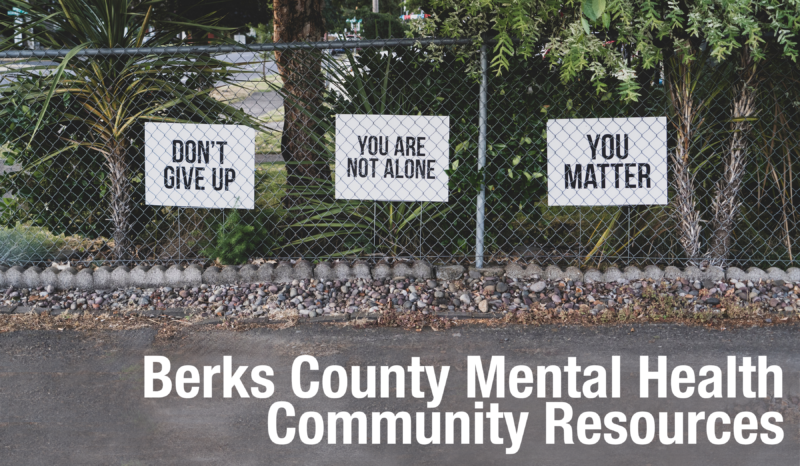**Click here to read the National Child Abuse Coalition’s definition of Child Abuse.

Physical Abuse
Emotional Abuse (or Psychological Abuse)
Sexual Abuse or Exploitation
Neglect & Abandonment
*Information from Child Welfare’s “What is Child Abuse and Neglect? Recognizing the Signs and Symptoms.”
We are to be aware of common indicators of child abuse which include:
The State of Pennsylvania maintains an office, Childline, to receive and track reports of child abuse and neglect.
Childline can be accessed 24 hours a day / 7 days a week. Their toll-free telephone number is 1-800-932-0313.
Child sexual abuse is a form of child abuse that includes sexual activity with a minor. A child cannot consent to any form of sexual activity, period. When a perpetrator engages with a child this way, they are committing a crime that can have lasting effects on the victim for years. Child sexual abuse does not need to include physical contact between a perpetrator and a child. Some forms of child sexual abuse include (but are not limited to):
Learn more at: https://www.rainn.org/articles/child-sexual-abuse